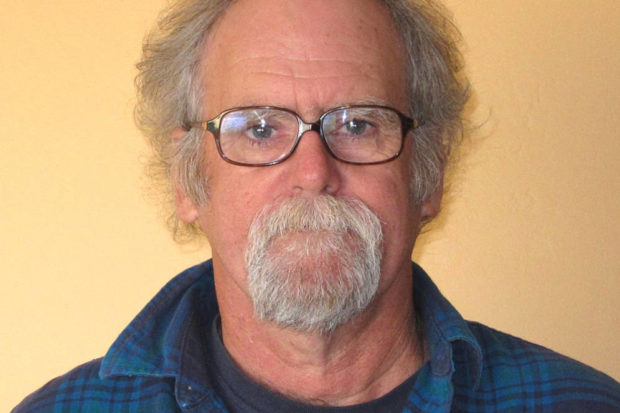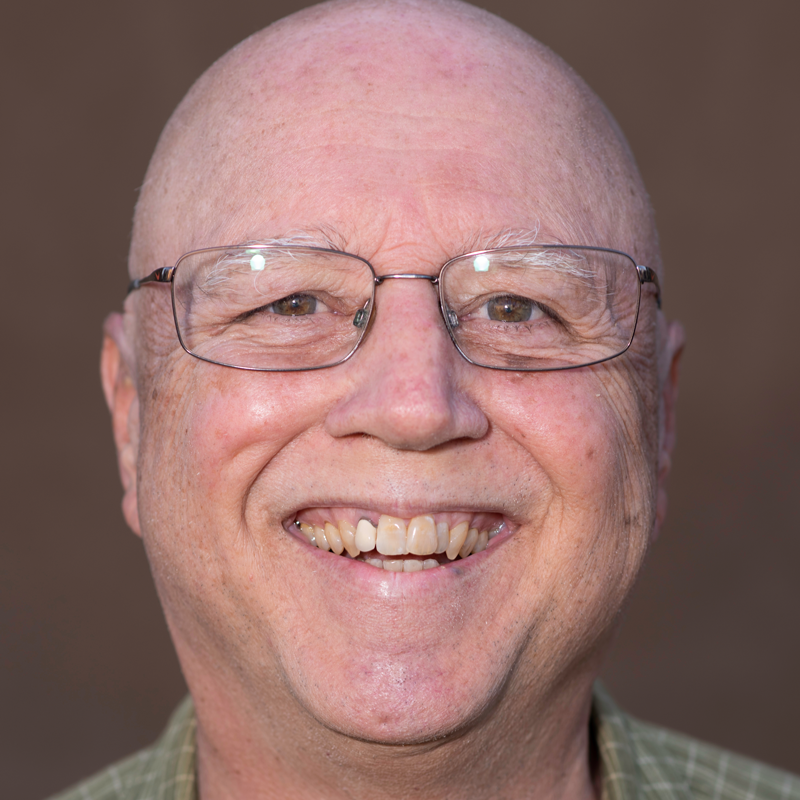
By Tom Frantz
The past December and January saw the Central Valley with the worst levels of fine particulate matter (PM 2.5) since monitors for this type of pollution were put in place in 2001. We had one of those high pressure inversion layers that are common to the western United States over the winter. This means all the pollution produced locally built up day after day with nowhere to go.
It is important to realize that our wintertime pollution during these stagnant air episodes does not come from outside the Valley. In response, our Air Board callously put out a nonsense statement that if the weather had cooperated this would have been the cleanest winter on record.
The 2008 Jane Hall study at Cal State Fullerton showed how air pollution is annually costing the Valley economy more than $6 billion per year. Of this $6 billion in economic costs, more than 90% is related to PM 2.5 and the rest is from ozone pollution. It is not a stretch to assume that the bad air during the past December and January cost the region between Fresno and Bakersfield more than $3 billion. This is the part of the Valley where the highest levels of particulate pollution are measured.
From the Hall study, we can conservatively conclude that PM 2.5 pollution this past winter caused more than 500 premature deaths and more than 300 nonfatal heart attacks in Fresno, Kings, Tulare and Kern counties. Added to those horrible numbers were more than 35,000 work loss days and more than 400 emergency hospital visits for respiratory, cardio and asthma problems. There were also more than 200,000 restricted activity days because people could not function normally. One hundred percent of the population was affected one way or another.
Past claims by our Air Board of progress toward meeting the 2014 deadlines for 24-hour and Annual PM 2.5 federal health standards are ridiculous in retrospect. The Valley must take new steps in controlling locally sourced pollution from stationary sources under their control. But the Air Board will not do anything effective without public pressure.
What should the Air Board be doing about this fine particulate pollution in our winter time air? Here are a few obvious first steps.
There needs to be an end to emission reduction credits. Clean Air Act law says that linear progress has to be made in improving air quality and meeting federal health standards before these types of credits may be used. The Air Board must stop looking for loopholes in this law that allows new pollution to be mitigated by reductions that supposedly took place as long as 30 years ago.
Without emission reduction credits for mitigation, new pollution sources should have to fully mitigate 150% of their emissions with direct reductions elsewhere in the Valley. For example, a current oil company proposal for 30 new huge steam generators will add more than 270 tons of pollution to the southern end of the Valley. The only mitigation required by the Air District is the surrendering of emission reduction credits previously given to this same oil company for “voluntarily” shutting down old equipment for economic reasons.
Instead, they should have to pay at least $150,000 for every ton of this new pollution, which comes to about $40 million. That would be enough money to effectively eliminate 400 tons of pollution elsewhere in the area through incentive funding and direct subsidies for cleaner replacement equipment and machines. Why should residents subsidize new pollution with their lungs, especially for a huge international oil company with billions in annual profits and local oil reserves that are not going anywhere?
The Air Board claims 30% of fine particulates in the winter are from people burning wood for heat in their homes. This is a misleading figure because the majority of our PM 2.5 on the worst days is actually a mixture of gases from mobile sources with ammonia from dairies. But there is certainly justification for an outright ban on wood burning throughout the Valley on every day of the year.
This ban should include all agricultural burning as well. The local burning of wood waste and other biomass trash from Southern California for energy must also be phased out. There are at least 20 “clean” energy plants in the Central Valley burning biomass that originates outside the Valley.
Finally, current rules need to be strengthened and loopholes removed. The list is too long for here, but the Air Board must do more than blame the weather.
*****
Longtime clean air advocate Tom Frantz is a retired math teacher and Kern County almond farmer. A founding member of the Central Valley Air Quality Coalition, he serves on the CVAQ steering committee and as president of the Association of Irritated Residents. CVAQ is a partnership of more than 70 community, medical, public health, environmental and environmental justice organizations representing thousands of residents in the San Joaquin Valley unified in their commitment to improve the health of Californians. For more information, visit www.calcleanair.org.

